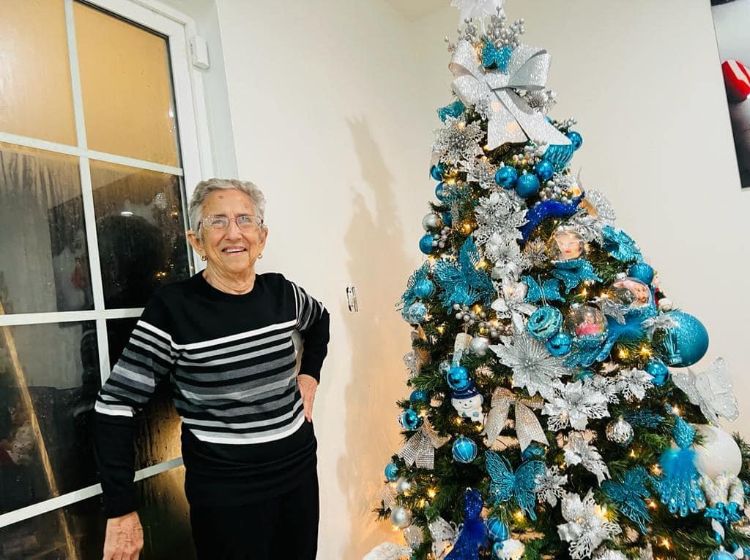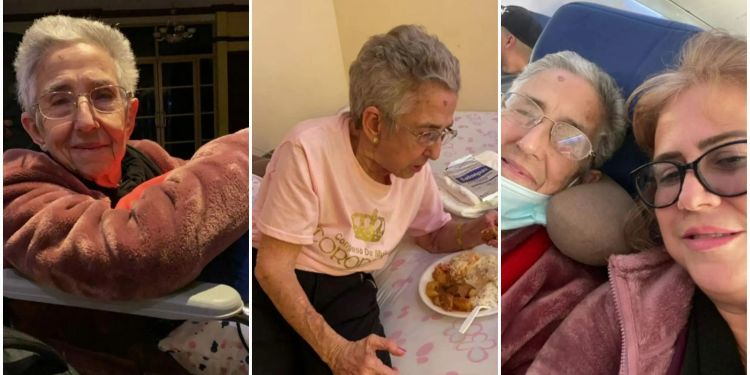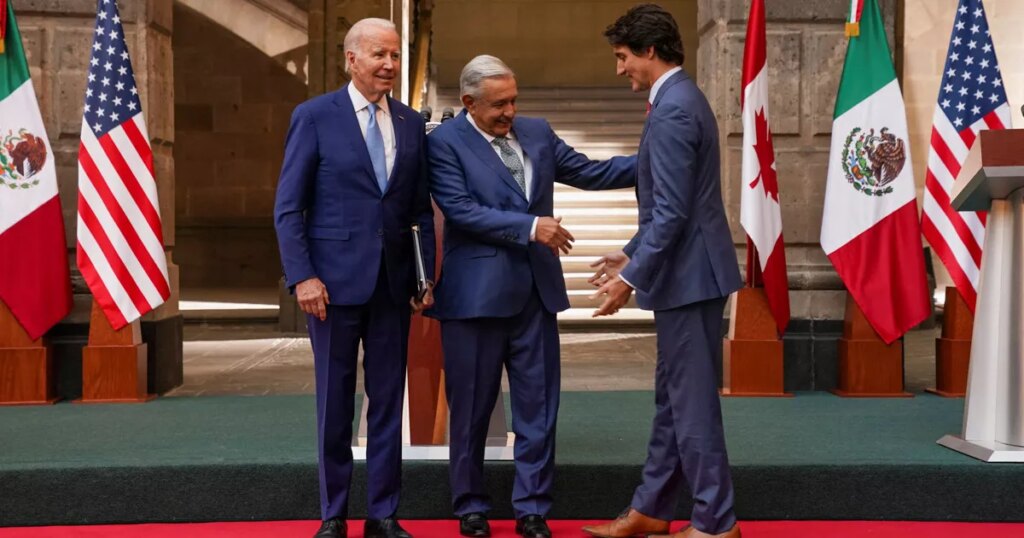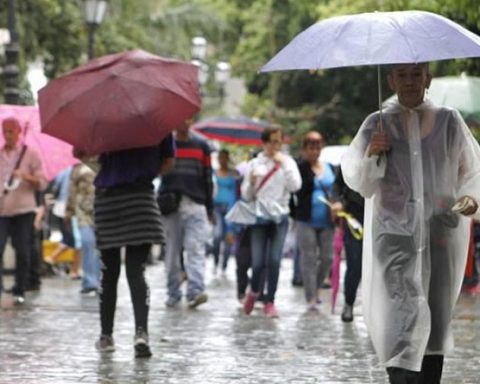CDMX, Mexico. – At 85 years old, Delfina traveled four countries arm in arm with her daughter Anabel, crossing one border after another. Her journey was made in December and temperatures at some points along her journey were below 10 degrees Celsius. So that her mother would not feel cold, Anabel placed several pieces of clothing on her body: coats, quilts, several pants, a hat, gloves, and two scarves. So she kept her warm.
The goal of both was to overcome the long journey that separates Cuban migrants from their most desired destination: the United States. This past year, as never before, Cubans have sought a way to leave the island, which is experiencing the greatest crisis since Fidel Castro came to power in January 1959.
People who were “privileged” and who had up to $10,000 (what it usually costs to travel from Nicaragua to the southern border of the United States) were able to take the “safest” route. On the other hand, the poorest only managed to jump into the sea in precarious boats that end up destroyed in that cemetery that separates the Cuban coast from Florida.
Such has been the last migratory wave from Cuba to the United States, that in the last fiscal year some 270,000 Cubans arrived by land and sea in the northern country, according to data from the US authorities.
Delfina and her daughter belong to the first group of migrants, “the lucky ones” who were able to make the journey by land. In addition, almost all of her family was waiting for them in Tampa and gave them all the support they could during the trip.
His journey, described in broad strokes, was more or less like this:
They left Cuba on December 13 for Managua, the capital of Nicaragua. There they rested in a hostel and then moved to the border with Honduras by car. They crossed that first border in a bus. In Honduras they rested in a transit hostel, changed their clothes, ate and left by car for Guatemala.
There they had to cross the Suchiate River on a raft, which separates Guatemala from Mexican territory. Once in Mexico the most stressful journey began. Aztec authorities frequently detect migrants, imprison them, extort them, and in some cases deport them.
Delfina and Anabel had “better” luck. Or as they prefer to think: God accompanied them. Nobody stopped them; and from Tapachula ―the southern border of Mexico― they went by bus to the capital. From the airport they flew to Juárez, one of the most violent and femicidal cities in the country, but bordering the United States.
In 14 days, Delfina covered more than 4,000 kilometers, almost all by road, with her asthma spray in her pocket and walking slowly with the help of her daughter. It was not easy for her. Crossing four countries as an undocumented migrant is not easy for any migrant, but when you are 85 years old it might seem crazy.
However, Delfina wanted to try at all costs. “In Cuba she cannot live and on this side her whole family was waiting for her,” says Noel Leal, one of her grandchildren.
In Florida, during the two weeks that the journey lasted, his family did not have peace. “We always feel very afraid that something will happen to them. Especially that my grandmother could not stand the journey or had an asthma attack ”, Noel also recalls, that although he tried to drive the negative thoughts out of her head, he could not stop imagining the worst outcomes for her.
Fortunately, Delfina and Anabel safely reached the border between the two countries on December 27, 2022. A week later, the United States announced that it would allow the entry of up to 30,000 migrants from Cuba, Haiti, Nicaragua, and Venezuela each month; and therefore the illegal passage through the border ended.
Mother and daughter were just days away from being stranded in Mexico.
What they did not count on is that the United States had deployed soldiers and tanks at the place where they were going to surrender, which had been open a few days before. The same space through which thousands of Cubans had passed, had wire fences so that no one could follow, as a preview of what was to come.
At that moment, after two weeks on the road, overcoming exhaustion, border controls and fear, Delfina felt terrified like never before. What if after so much effort and expense everything had been in vain? What if she and her daughter couldn’t cross into the United States?
Not all was lost: from other migrants they learned that a few kilometers from there it was still possible to enter; but she, 85 years old, asthmatic and with walking difficulties, was not going to make it. Her daughter couldn’t carry her either.
“My grandmother walks very slowly and gets tired. It was impossible to continue the journey in those conditions. Thank God, a Honduran man felt sorry and carried it on his back,” says Noel. That stranger held Delfina for 30 minutes walking in a sandy and desert area. He would stop for a few seconds to take a breath and continue. He only left the old woman when she was already at her destination.
On December 29, her family finally met her at the Tampa International Airport. Delfina hugged them and cried, while she told them that she loved them.
Her grandson says that he still hasn’t taken her for a walk because of so much work he has; but that her grandmother does not stop repeating: “How food is thrown away in this country.”

Receive information from CubaNet on your cell phone through WhatsApp. Send us a message with the word “CUBA” on the phone +525545038831, You can also subscribe to our electronic newsletter by giving click here.


















